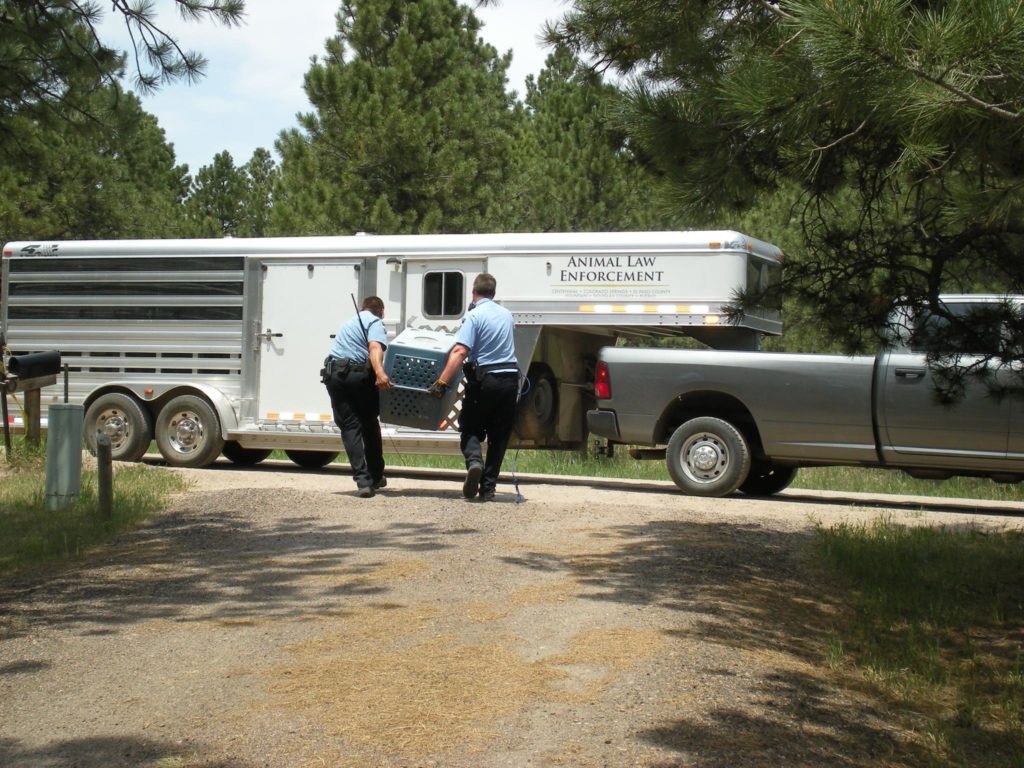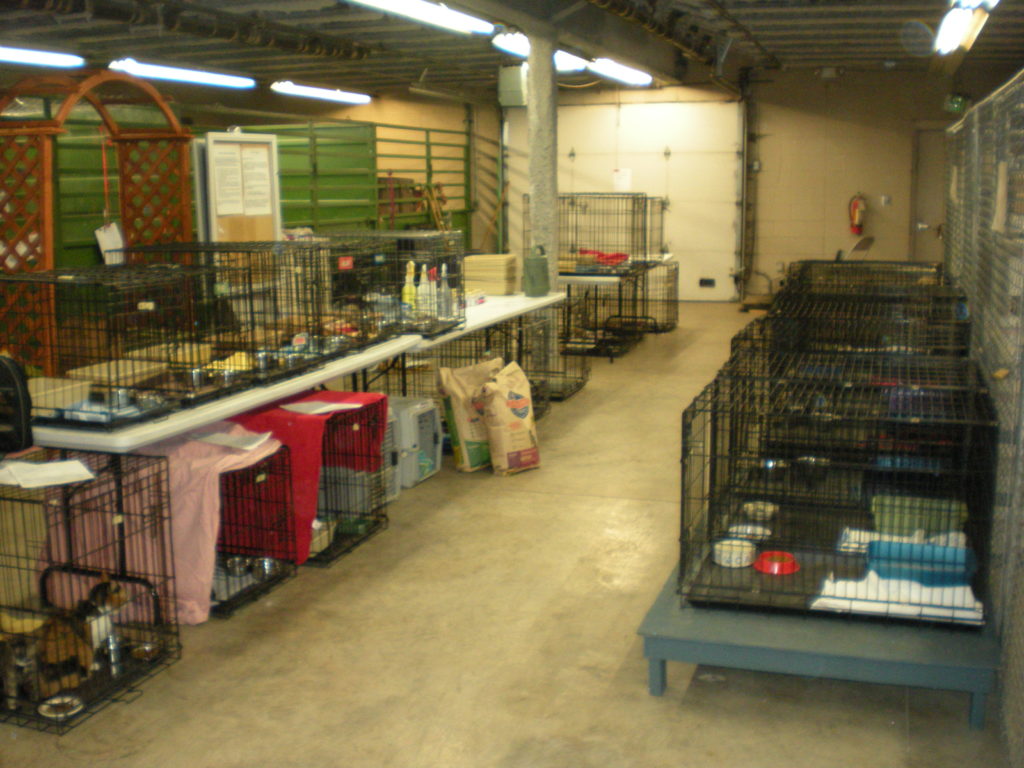Preparing Your Fur Family for Natural Disasters
As summer approaches, so does harsh weather, like fire and flooding, that all pet owners should be prepared for. And June is Pet Preparedness Month, so it’s the perfect time to make sure your pets are prepared if any disasters should come your way!
How do I prepare?
Create an evacuation kit. This should include:
( ) Medical records and veterinary contact information.
( ) Microchip information and recent photos of you with your pet for identification.
( ) Emergency supplies (use this checklist).
Create a buddy system.
( ) Create a “buddy plan” with nearby relatives, friends, or neighbors to help each other with animal evacuation, especially if you are not home during the evacuation.
( ) Make sure your “buddy” has written permission to care for your animals.
( ) Make sure your “buddy” has access to your pet emergency kit and kennels.
Prepare your pets.
( ) Keep pets up to date on preventative healthcare so that they are protected in the event they are sheltered among many other, potentially unvaccinated or sick, animals.
( ) Be able to identify your pets. Microchip implantation is an excellent way to identify pets, but make sure the chip is registered to your current address. Make sure your pet is wearing a collar or harness with identification tags.
( ) Take photographs of you and your pet together so that they can be used to identify you as the owner of your pet, in the event you are separated.
( ) Give backup copies of essential identification information to someone out of the area so that if you cannot get to your pet, another person may be able to help.

How and to where do I evacuate?
Know how to take your pets with you.
( ) Have one crate/cage per pet, labeled with name, address, phone number and an alternate contact.
( ) Make sure they’re wearing collars/harnesses with ID.
( ) For animals other than dogs and cats, have appropriate transport enclosures/environments. (This is especially true with livestock! Are you ready to move your herd in a hurry?)
Know where to take your pets.
( ) Make a list of friends and family who would be willing to take your pets on a temporary basis.
( ) You may also be abe to take your pets to veterinary hospitals, boarding kennels, public evacuation shelters (during large-scale evacuations) and some pet-friendly hotels.
Know when to ask for help.
( ) If you’re not home during an evacuation, rely on the aforementioned buddy system to see if your “buddy” can help.
( ) If your “buddy” is unable to help, or it is too dangerous to retrieve your pets and you need assistance with pet evacuation, you may contact the local animal control agency or humane society to request evacuation assistance for your pets as soon as possible.
( ) Place a clearly visible window sticker in your window to indicate the type and number of pets. Make sure to keep this up to date, as inaccurate information could confuse and endanger emergency personnel who are trying to evacuate your animals.

People and pets. We’re Better Together. That’s why we never want humans to be separated from their animals. Follow the tips above to ensure your best chance for keeping your pets safe during an evacuation or natural disaster! #HappyTailsHappyHearts










